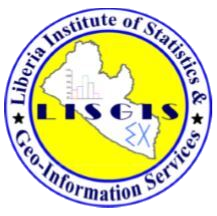| # | Data Name | Year | Published Date | Published By | Excel GDP-E | Excel GDP-P | |
|---|---|---|---|---|---|---|---|
| 1 | Quarterly Gross Domestic Product | 2016 Q1 - 2025 Q2 | November 19, 2025 | National Account Section, LISGIS | |||
| 2 | Gross Domestic Product | 2016 - 2022 | July 8, 2024 | National Account Section, LISGIS |

